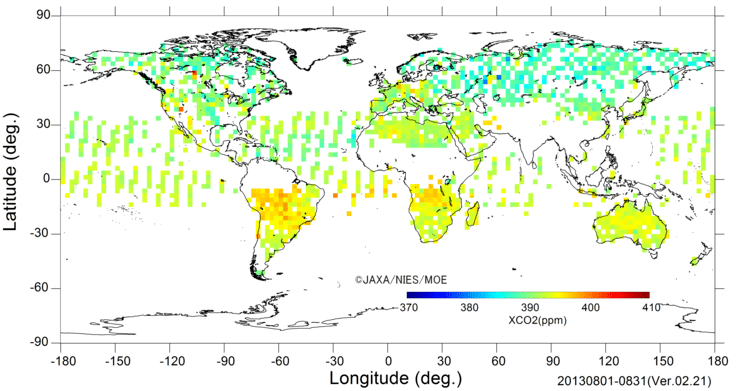Names Ibuki SATCAT no. 33492 Inclination 98.06° Period 1.6 hours | Mission type Environmental COSPAR ID 2009-002A Launch date 23 January 2009 Inclination 98.06° Cost 350 million USD | |
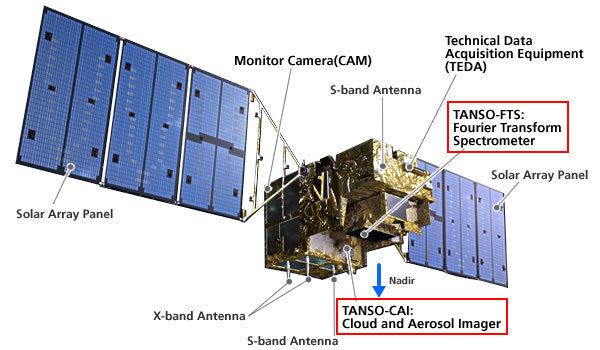 | ||
Website global.jaxa.jp/projects/sat/gosat/index.html Similar Orbiting Carbon Observatory, Orbiting Carbon Observatory‑2, ADEOS II, Advanced Land Observati, ADEOS I | ||
The Greenhouse Gases Observing Satellite (GOSat), also known as Ibuki (Japanese: いぶき, Hepburn: Ibuki, meaning "breath"), is an Earth observation satellite and the world's first satellite dedicated to greenhouse-gas-monitoring. It measures the densities of carbon dioxide and methane from 56,000 locations on the Earth's atmosphere. The GOSAT was developed by the Japan Aerospace Exploration Agency (JAXA) and launched on 23 January 2009, from the Tanegashima Space Center. Japan's Ministry of the Environment, and the National Institute for Environmental Studies (NIES) use the data to track gases causing the greenhouse effect, and share the data with NASA and other international scientific organizations.
Contents
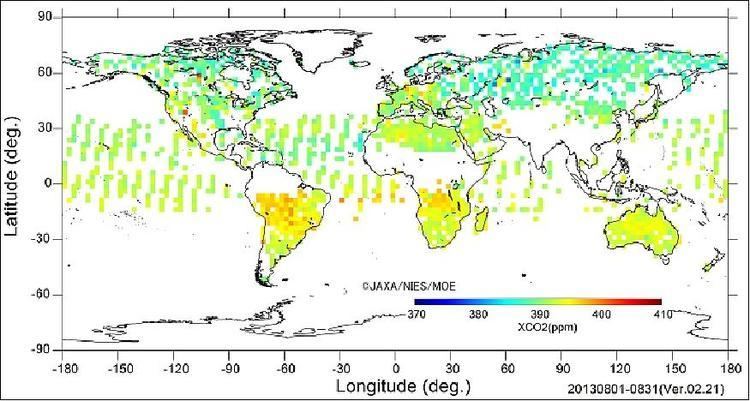
Launch
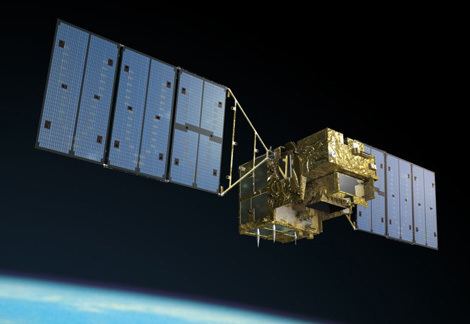
GOSAT was launched along with seven other piggyback probes using the H-IIA, Japan's primary large-scale expendable launch system, at 3:54 am on 23 January 2009 UTC on Tanegashima, a small island in southern Japan, after a two-day delay due to unfavourable weather. At approximately 16 minutes after liftoff, the separation of Ibuki from the launch rocket was confirmed.
Instruments
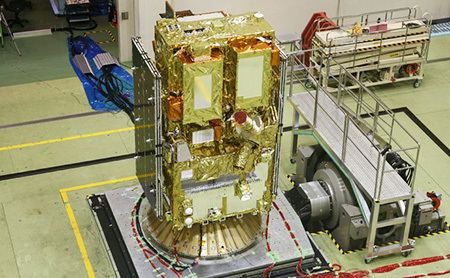
According to JAXA, the Ibuki satellite is equipped with a greenhouse gas observation sensor (TANSO-FTS) and a cloud/aerosol sensor (TANSO-CAI) that supplements TANSO-FTS. The greenhouse gas observation sensor of Ibuki observes a wide range of wavelengths (near-infrared region–thermal infrared region) within the infrared band to enhance observation accuracy. The satellite uses a spectrometer to measure different elements and compounds based on their response to certain types of light. This technology allows the satellite to measure "the concentration of greenhouse gases in the atmosphere at a super-high resolution."
